
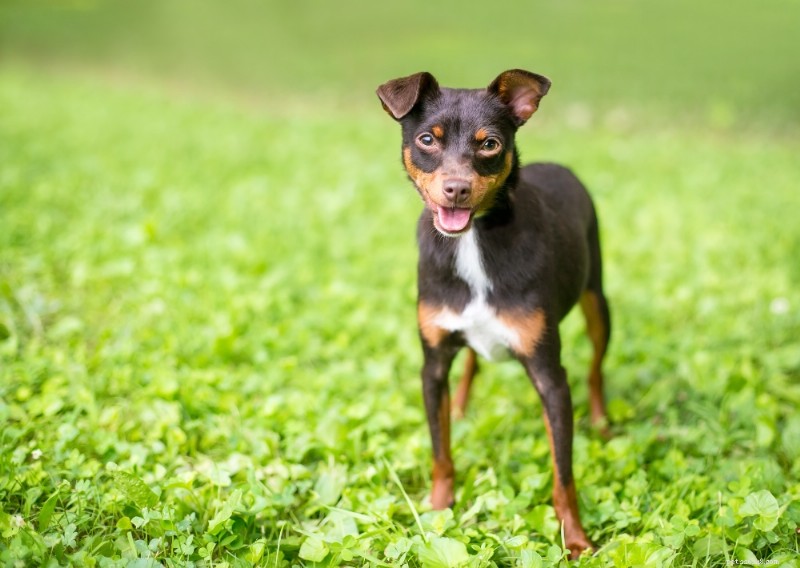
Миниатюрные пинчеры, ласково называемые «мини-пинчерами», — это веселые собаки группы Toy Group, долгожители и бесстрашные. Они компактны, с гладкой шерстью и «большими собачьими» личностями, на которые часто бывает весело смотреть.
Существует распространенное заблуждение, что миниатюрные пинчеры — это просто крошечные версии доберман-пинчеров. На самом деле мин-булавка — это отдельная порода сама по себе, вероятно, выведенная из смеси немецкого пинчера, таксы и итальянской борзой.
Если вы хотите иметь бодрую, умную и красивую собаку, способную дарить вам много любви, карликовый пинчер может быть именно тем, что нужно вашему дому!
Миниатюрные пинчеры — это крошечные собаки, которые, согласно стандарту их породы, должны весить всего от 8 до 10 фунтов и иметь рост от 10 до 12,5 дюймов в плече во взрослом возрасте. Минимальные значки, не предназначенные для выставочного ринга, могут немного отличаться от стандарта породы.
Эти собаки обычно достигают своего окончательного взрослого роста к 10 месяцам или около того; однако их социальное и эмоциональное развитие продолжает развиваться, пока им не исполнится около 15 месяцев. Есть только очень небольшие различия в размерах мужских и женских мини-булавок; однако самцы почти всегда немного крупнее самок.
Вот какого размера может вырасти карликовый пинчер, когда вырастет.
| Таблица весов | 3 месяца | 6 месяцев | 9 месяцев | 12 месяцев |
|---|---|---|---|---|
| самцы и самки карликовых пинчеров | 3,9–4,8 фунта | 7–8,8 фунта | 8,1–10,3 фунта | 8–11 фунтов |
Миниатюрные пинчеры — отличные собаки-компаньоны, энергичные, бдительные и уверенные в себе. Люди часто недооценивают потребность в упражнениях с помощью мини-булавок. Эти щенки должны каждый день много двигаться, чтобы оставаться здоровыми и сильными, но, к счастью, это не так уж сложно из-за их небольшого размера.
Эти собаки также любопытные щенки, которые любят исследовать вещи. Это означает, что вам нужно будет внимательно следить за своим питомцем и никогда не выпускать его или ее на улицу без поводка, чтобы избежать ситуации побега. Миниатюрные пинчеры могут быть волевыми, поэтому это может быть не лучшая порода для родителей-новичков.
Когда вы узнаете характер карликового пинчера, вот что вы можете ожидать, основываясь на характеристиках его или ее породы.
| Характеристика породы | Уровень (высокий, средний, низкий) |
|---|---|
| Нежное отношение к людям | Высокий |
| Хорошо для детей | Средний |
| Хорошо с домашними животными | Средний |
| Необходимость упражнений | Средний |
| Уровень энергии | Высокий |
| Уровень интеллекта | Высокий |
| Поддается обучению | Средний |
| Количество лая | Высокий |
| Количество потерь | Низкий |
Точное происхождение миниатюрного пинчера неизвестно, но историки считают, что эти собаки являются помесью таксы и итальянской борзой, возможно, с примесью немецкого пинчера. Порода существует несколько сотен лет и была первоначально выведена в Германии, чтобы держать крыс подальше от домов и конюшен. This is an older breed than the Doberman pinscher, which is a distinct breed even though the two kinds of pups have similar appearances.
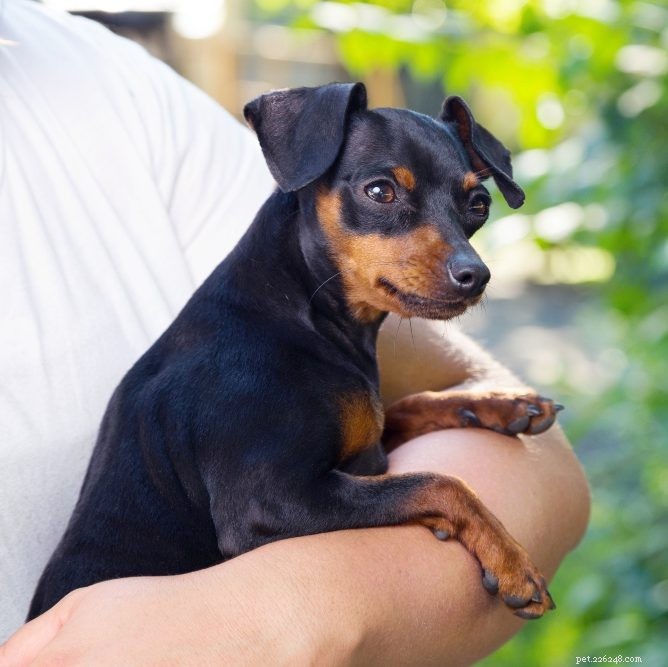
German breeders created the Pinscher Klub in 1895, and the dog was first shown at Germany’s Stuttgart Dog Show in 1900. The breed became more well-known outside of Germany in the years that followed and was brought to the U.S. around 1919. The American Kennel Club began recognizing the breed in 1925, and the Miniature Pincher Club of America formed in 1929. Miniature pinchers continue to be a popular breed of dog in Europe and America today.
Since miniature pinschers are purebred dogs, the American Kennel Club uses standards to guide shows and competitions. These standards describe the dog’s specific qualities as well as their general appearance, which is sturdy, compact, smooth-coated, and naturally well-groomed.
Here is an overview of the breed standard information for miniature pinschers:
Head:
Neck, Topline, Body:
Forequarters:
Hindquarters:
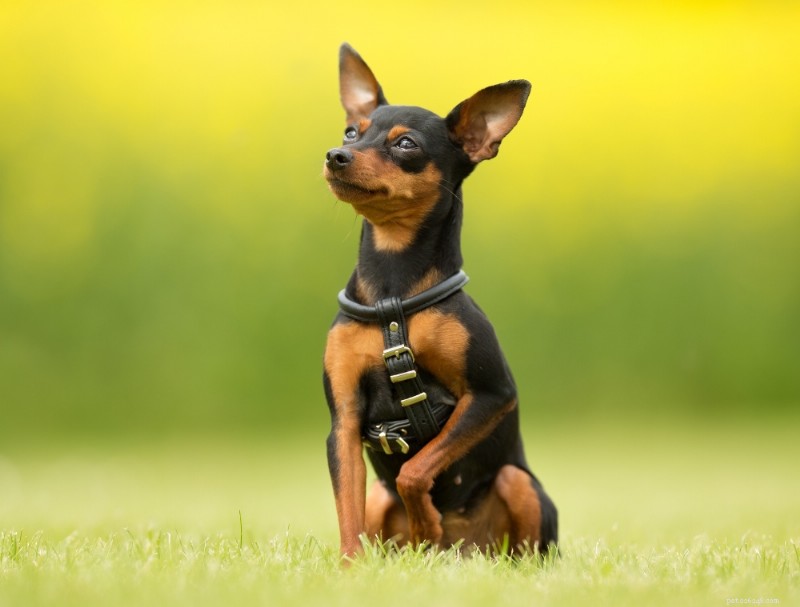
Coat:
Color:
Gait:
Miniature pinschers are adaptable dogs that often do very well in small spaces. They get along with dogs and cats if they are socialized, but these aren’t dogs to leave alone all day by themselves. This is because they are social pups that can get into things they’re not supposed to and chew things if they become bored.
Here are some general tips for taking the best care of a miniature pinscher:
Best Living Environments:
Type of Exercise:
Mental Enrichment:
Training Strategies:
Grooming Tips:
Pet parents should know that min pins typically live for around 12 to 16 years, which is longer than many other (especially larger) dog breeds. However, these tiny pups are still prone to certain health conditions that can have you spending more time at the vet than you’d expect.
To help you pay for rising vet costs and give you peace of mind that you can always take the best care of your min pin, be sure to consider a pet insurance plan from Healthy Paws.
These are some of the most common health issues that arise with miniature pinschers:
The Orthopedic Foundation for Animals recommends that, at a minimum, miniature pinschers intended for breeding get a patella evaluation to check the health of their knees and that they be screened for at least two other common health problems.
Not all health problems in miniature pinschers are related to genetics. To prevent accidents in the house, it is a smart idea to baby-proof your home so that your min pin can’t accidentally ingest small items, fall off high surfaces, or escape out of window or door screens.
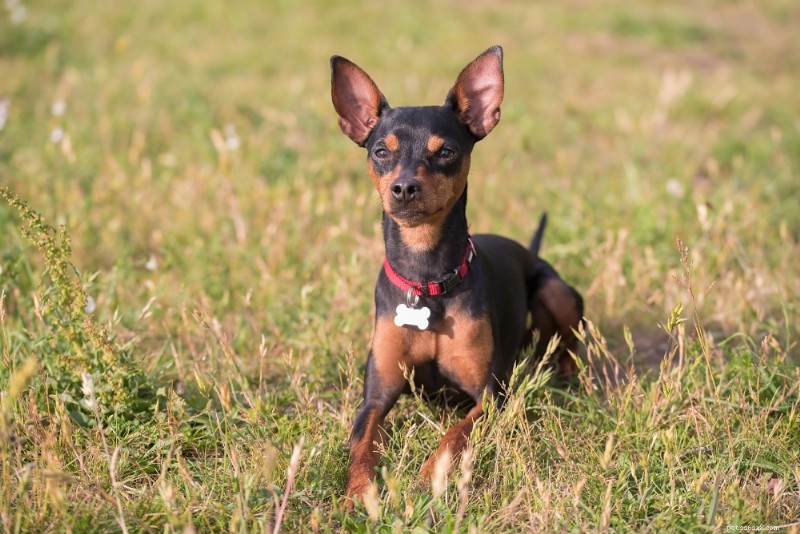
Most adult miniature pinschers will thrive when eating a high-quality, nutritionally complete and balanced dog food. Puppies should eat puppy food until they are around 10 months old. If you feed your min pin homemade dog food, make sure you are working from a recipe that is designed by a veterinary nutritionist and that is appropriate for your dog’s age and health status.
Feed the amount of dog food needed to keep your pet slim. You should be able to see your miniature pinscher’s waist and feel (but not see) their ribs without having to press too hard. In general, puppies need more calories per day than do adults, but a dog’s requirements will vary with his or her activity level and other factors. Don’t leave food out all day for a miniature pinscher to graze on. Divide the total amount of food for the day into at least two meals for adults and three to five meals for puppies. Place the food out in a bowl at approximately the same time each day.
Talk to your veterinarian if you have any questions about your Miniature Pinscher’s diet or health.
If you want to bring a purebred miniature pinscher into your home, the AKC Marketplace is a good place to start because only AKC-registered litters and breeders who follow special rules and regulations are listed here. The Miniature Pinscher Club of America is an official breed group that provides information about the breed, promotes responsible breeding practices, and offers resources for purchasing a purebred min pin.
However, you can also find min pins and mixed breeds with min pin genetics in local animal shelters all around the country. Some people buy purebred min pins and later discover that they aren’t able to handle their behaviors or be home enough to take the best care of the new dog. There are also programs available to help you find a senior miniature pincher in need of a loving home.
Save A Rescue, Pets Established, and Pet Finder are examples of websites that help connect people to miniature pinchers in their area. The Internet Miniature Pinscher Service, Miniature Pinscher Club of America Rescue, and Southern Star MinPin Rescue, Inc. are rescue groups to look into if you want to adopt a min pin.
People who love the miniature pinscher breed are often curious to learn about related and similar breeds that might suit their need for a canine companion too. Here are some other breeds to consider for your next furry friend:
Miniature pinschers benefit from having pet insurance because of their inquisitive nature, spirited energy, and long life span. With Healthy Paws pet insurance, you can take your min pin to any licensed vet you choose and submit a photo of your vet bill online to get reimbursed for the costs of care. Our coverage is provided with no maximum limits on claim payouts and pays for accidents and illnesses that are not pre-existing conditions or otherwise excluded under the policy.
We’re in the business of helping you take the very best care of your min pin, so just tell us a few details about your pup to get an instant, online quote!
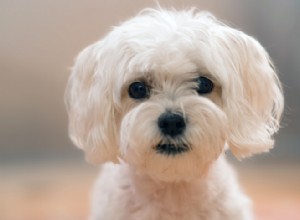
Введение в Maltipoos Маленький, очаровательный и ласковый, мальтипу — это гибрид породы собак и помесь мальтийской болонки и пуделя. Эти собаки станут прекрасными компаньонами для всей семьи и прекрасно уживаются в небольших помещениях с людьми, которые их любят. Обычно скрещивают мальтийскую боло
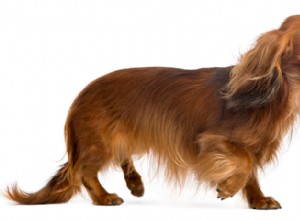
Знакомство с таксами Таксы, также известные как сосиски, — дружелюбные и любопытные гончие, из которых получаются отличные компаньоны и хорошие сторожевые псы. Они известны своей смелостью, бдительностью и смелостью. Первоначально выведенные для охотников, они, как правило, имеют храбрый, решительн